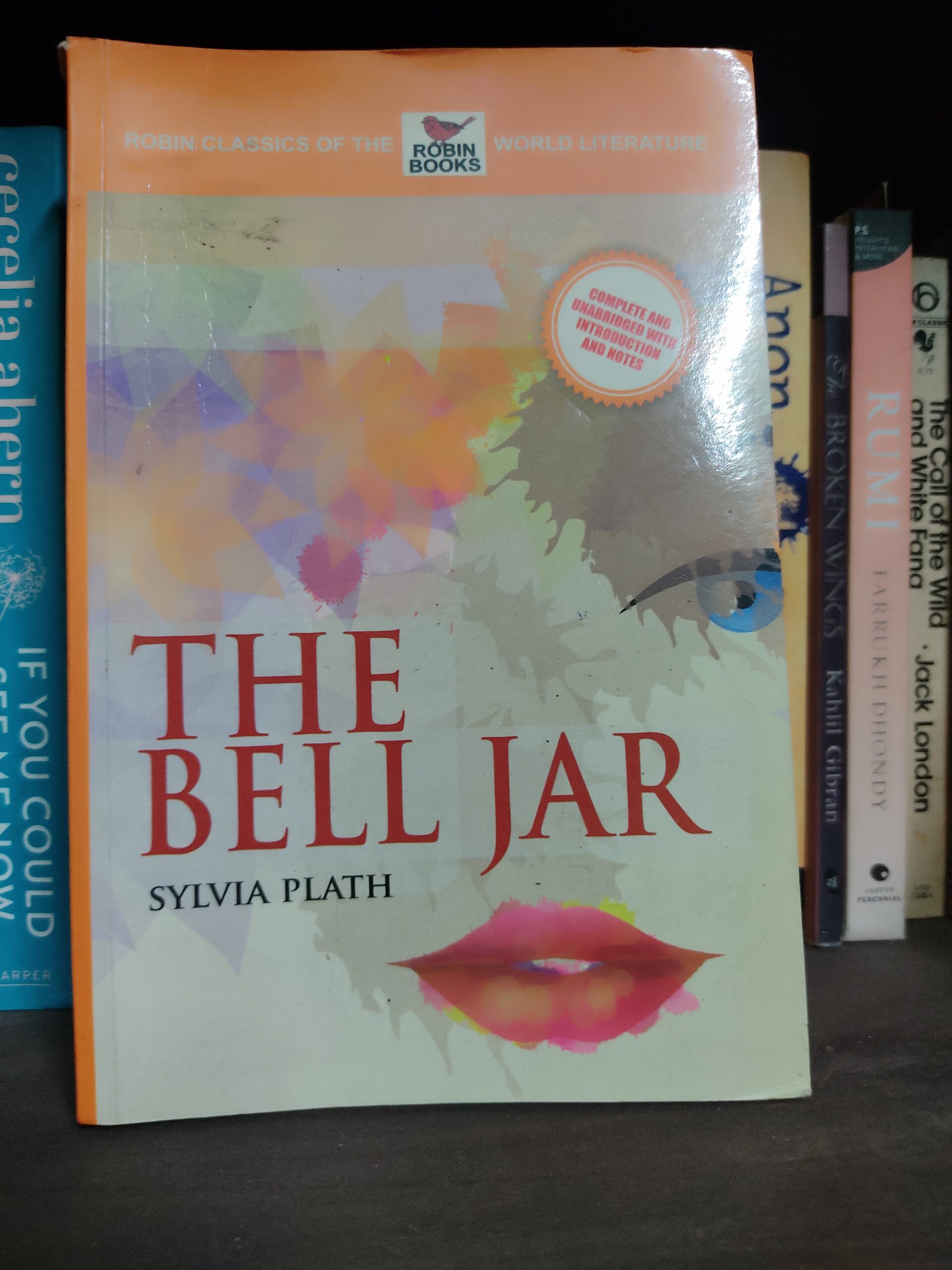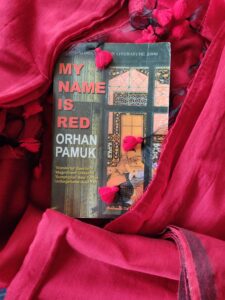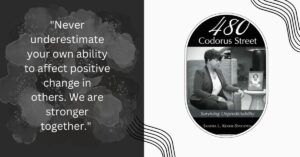Bell Jar
A Helpful Book Review Of “The Bell Jar” By Sylvia Plath
“The Bell Jar” is a novel by Sylvia Plath, published in 1963, January less than one month before its author Sylvia Plath committed Suicide.
It was Ist published under the pseudonym Victoria Lucas.
In 1966 The Bell Jar was published in England under Sylvia’s real name.
By the 1970s it was published in the U.S. It is a semi-autobiographical work that tells the story of Esther Greenwood, a young woman who struggles with mental illness and finds herself feeling lost and disconnected from the world around her.
Brief Synopsis:
The Bell Jar by Sylvia Plath (1932- 1963) is the story of a highly intelligent and talented young woman who, on the surface, seems to have it all. But underneath, she is struggling with depression and a sense of disconnection from the world around her. The story follows her descent into mental illness and her eventual recovery.
Story Line:
-
The book’s protagonist, Esther Greenwood, is a highly intelligent and sensitive college student who wins a prestigious internship at a New York fashion magazine in 1953.
-
As Esther begins her internship, she is excited about the opportunities that lie ahead.
-
However, she soon begins to feel overwhelmed and disconnected from the world around her. Despite her success, Esther feels empty and alienated from the world around her.
-
As her depression deepens, she begins to lose touch with reality.
-
Esther struggles with depression and mental illness throughout the novel, and she finds herself unable to connect with her friends and family.
-
She begins to feel trapped and helpless, and she is eventually hospitalized after attempting suicide.
-
As Esther begins to recover, she is faced with the challenge of rebuilding her life and finding a way to live with her illness.
-
The novel ends on a hopeful note, with Esther beginning to find a new sense of purpose and direction in her life.
Style:
Plath’s writing style in “The Bell Jar” is characterized by its stark honesty and introspection. The novel is written in the first person, from Esther’s perspective, and Plath’s writing allows the reader to enter into Esther’s mind and experience her struggles firsthand. The novel is also notable for its use of vivid imagery and symbolism. Plath frequently employs metaphors and similes to describe Esther’s experiences, creating a rich and powerful sensory experience for the reader.
Themes:
“The Bell Jar” explores several themes, including mental illness, gender roles, and the search for identity. The novel is often seen as a feminist work, as it challenges the traditional gender roles of the time and portrays Esther’s struggle to find her own place in the world. The novel also highlights the stigma surrounding mental illness and the challenges faced by those who suffer from it. Esther’s experiences in the hospital and her struggles with her illness are portrayed with great sensitivity and insight.







